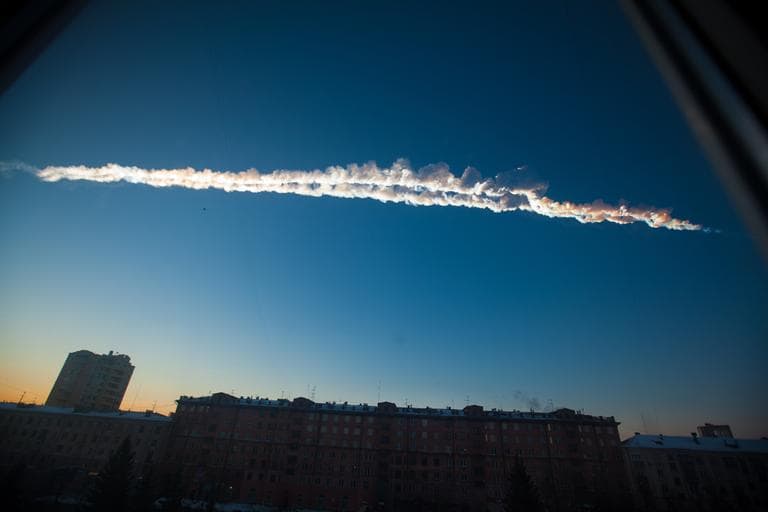Advertisement
Scientists Working On New Asteroid Detection Systems
Resume
Following the meteorite strike in Chelyabinsk, Russia, asteroid detection systems are getting more attention.
A team of astronomers at the University of Hawaii is developing Asteroid Terrestrial-Impact Last Alert System (ATLAS), with the help of a $5 million NASA grant.
Under the guidance of ATLAS project head John Tonry, the team is working to build a series of small grounded telescopes to track near earth objects or NEOs.
The B612 Foundation is a nonprofit that's working to build a space telescope to do the same thing.
On February 25th, the Canadian Space Agency is scheduled to launch NEOSSat (the Near-Earth Object Surveillance Satellite).
Officials with the ATLAS project think it's possible to "provide a useful degree of warning for most impacts, meaning a day for a 30 kiloton 'town killer', a week for a five megaton 'city killer' or three weeks for a 100 megaton 'county killer.'"
Guest
- Denis Laurin, Senior Program Scientist with the Canadian Space Agency.
This segment aired on February 19, 2013.